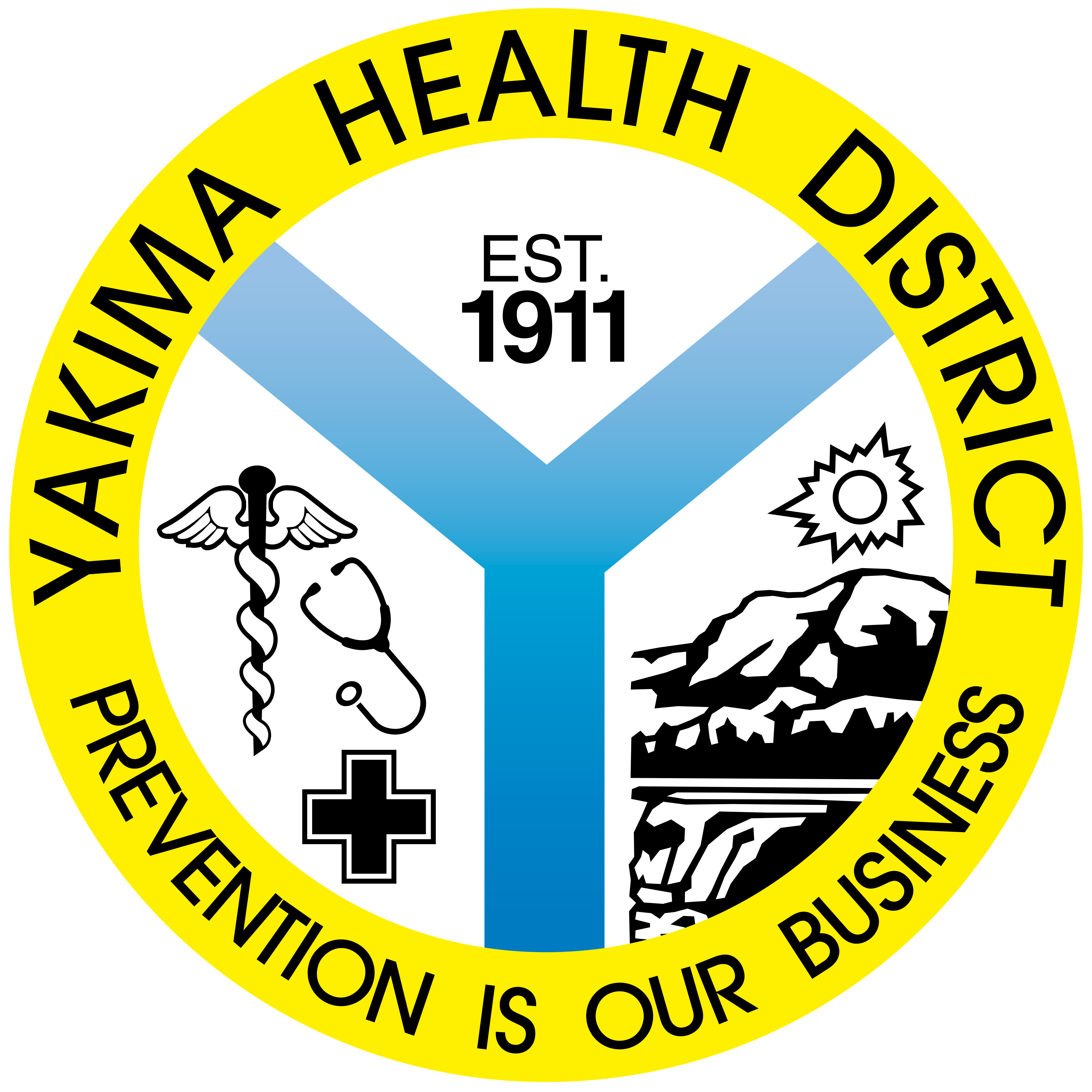[vc_row type=”in_container” full_screen_row_position=”middle” column_margin=”default” column_direction=”default” column_direction_tablet=”default” column_direction_phone=”default” scene_position=”center” text_color=”dark” text_align=”left” row_border_radius=”none” row_border_radius_applies=”bg” overlay_strength=”0.3″ gradient_direction=”left_to_right” shape_divider_position=”bottom” bg_image_animation=”none”][vc_column column_padding=”no-extra-padding” column_padding_tablet=”inherit” column_padding_phone=”inherit” column_padding_position=”all” background_color_opacity=”1″ background_hover_color_opacity=”1″ column_shadow=”none” column_border_radius=”none” column_link_target=”_self” gradient_direction=”left_to_right” overlay_strength=”0.3″ width=”1/1″ tablet_width_inherit=”default” tablet_text_alignment=”default” phone_text_alignment=”default” column_border_width=”none” column_border_style=”solid” bg_image_animation=”none”][vc_column_text]Contact: Melissa Sixberry, Director of Disease Control 509-249-6509
**Clinical leadership is expected to schedule time to review guidelines with staff**
Provider Alert: SARS-CoV-2 sequencing: Information for clinicians and healthcare facilities
March 23, 2021
Requested Actions
- Be aware that the Washington State Department of Health (DOH) has increased its capacity to perform genome sequencing to identify SARS-CoV-2 variants.
- Review information on the type of COVID-19 cases prioritized for sequencing.
- Review process for submitting a specimen for sequencing.
Background
The Washington State Department of Health (DOH) has increased whole genome sequencing capacity to track SARS-CoV-2 variants of concern and other emerging variants. DOH is working toward sequencing a geographically representative sample representing at least 5% of positive SARS-CoV-2 RT-PCR tests in Washington State. DOH has additional capacity to sequence individual specimens to investigate situations such as vaccine breakthrough cases, suspected reinfections, cases associated with international travel, outbreaks concerning for variants, and unusual clinical syndromes (e.g., unexpected symptoms or unexpectedly severe disease). More detail on these categories is provided below. Whole genome sequencing can also be used to identify possible transmission patterns via phylogenetic analysis for complex outbreaks. Clinicians, clinical laboratory staff, and other healthcare staff can assist public health authorities by identifying cases for sequencing. It is often astute clinicians who connect the dots and identify the first cases of new infectious and noninfectious conditions. We appreciate your partnership as we learn more about genetic variants of SARS-CoV-2. We also encourage clinicians and laboratorians to review recently updated CDC guidance on SARS-CoV-2 variants.
Information on cases prioritized for sequencing
Currently, DOH is prioritizing the following case categories for sequencing:
- Vaccine breakthrough cases in which the individual is fully vaccinated (≥14 days have elapsed between the final vaccine dose and the specimen collection date).
- Any suspected reinfection case, regardless of whether the prior sample is available. A suspected reinfection case is defined as a repeat PCR positive test ≥90 days after the initial PCR positive test.
- Unusual clinical presentations of COVID-19, such as critical illness or death in a previously healthy child or young adult, unusual symptoms or laboratory findings, or other unusual cases identified by clinicians.
- Any individual reporting international travel in the 14 days prior to symptom onset (or specimen collection date if the individual is asymptomatic).
- Suspected cases of zoonotic transmission.
- Outbreaks with a suspected variant of concern based on features such as a linked case with a known variant of concern, recent travel, high attack rate, unexpected proportion of cases with severe illness, cases with reinfection or vaccine breakthrough, suspected unusual mechanism of transmission (e.g., longer-range airborne transmission, brief exposure to an infected individual, suspected outdoor transmission, suspected fomite or foodborne transmission, etc.), or other unusual features identified by clinicians, laboratorians, or other healthcare staff.
Reporting of sequencing results
At this time, sequencing is conducted for public health surveillance using laboratory methods that are not CLIA-approved. Individual sequencing results will be available to public health authorities in the state reportable disease database (WDRS) but will not be reported to patients or clinicians. Aggregate results for the entire state are described weekly in a publicly accessible report.
How to submit a specimen for sequencing
Clinicians and healthcare facilities should contact the Yakima Health District at (509) 575-4040 or send an email to melissa.sixberry@co.yakima.wa.us to coordinate submission of a specimen for sequencing. Please note that all cycle threshold (Ct) values must be <30 in order to submit a specimen for sequencing (unless the test platform does not provide Ct values; in this situation any sample can be submitted). The following specimen types can be submitted for sequencing:
- RNA extract (preferred)
- Nasal swab, nasopharyngeal swab, or mid-turbinate swab in VTM/UTM or transport medium
- Lower respiratory tract fluid (BAL, tracheal aspirate, or sputum) if the patient is intubated
All specimen types should be frozen at <-70 °C and shipped on dry ice.
Please contact the Yakima Health District at (509) 575-4040 or email melissa.sixberry@co.yakima.wa.us with questions.
Additional Resources
[/vc_column_text][/vc_column][/vc_row]
